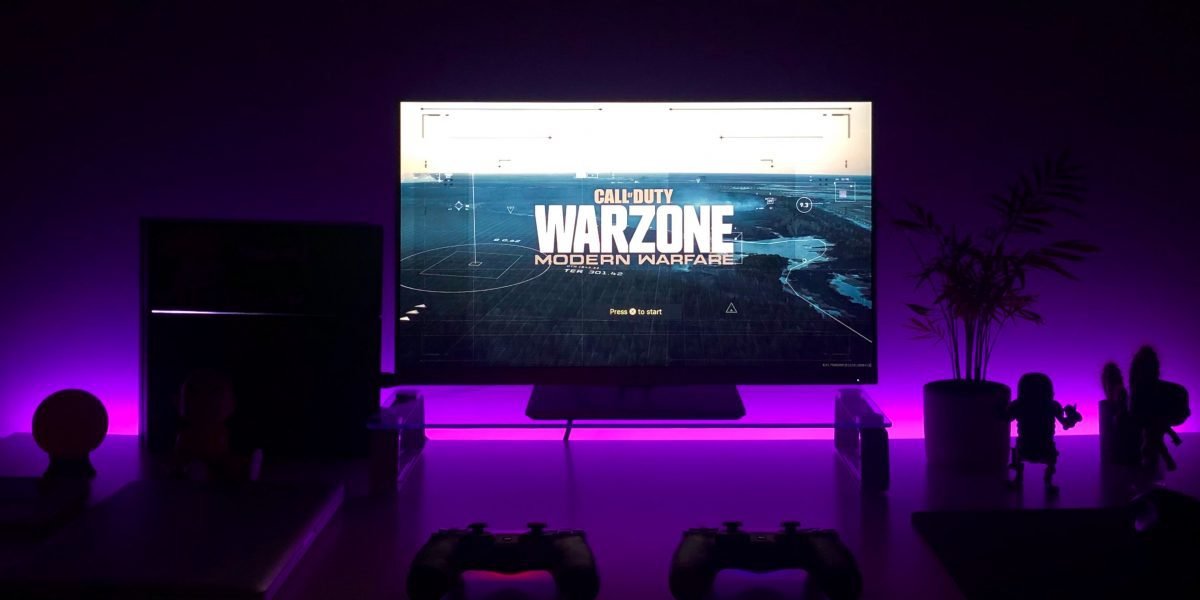While buying new TVs, you must have noticed 1080p, HD, UHD, 4K, and 8K next to the word resolution. These different alphanumeric terms represent different resolutions.
The resolution of a TV may not be the foremost factor while buying a brand-new TV but an important one to consider. Hence, you must know every Resolution type to pick a suitable TV for you.
There is a real buzz about 8K, the latest development in the screen resolution market. It is the successor to 4K resolution and the highest monitor resolution at present.
But before you rush into buying an 8K resolution TV, can you tell the difference between 4K and 8K? This guide will clear up all your confusion and help you understand the difference between 4K and 8K resolution.
4K VS 8K Resolution
Display Resolution refers to the number of pixels displayed per inch (PPI). Higher resolution means more detailing and clearer display. Resolution is an important specification used to sell a TV but is not the most significant one. 8K is a higher resolution than 4K like 4K is a higher resolution than 1080p.
The following table will help you understand the difference between 4k and 8k resolution.
| Resolution type | Pixel Size | Aspect Ratio | Other names | Devices |
| 8K | 7680 x 4320 | 16∶9 | Full Ultra HD | TVs |
| 4K | 3840 x 2160 | 1:1.9 | Ultra HD, Ultra-High Definition (UHD) | TVs, monitors, projectors |
| 2K | 2048 x 1080 | 1:1.77 | 1080p | Some cinema projectors |
| 1080p | 1920 x 1080 | 16∶9 | High Definition (HD), Full HD (FHD) | TVs, monitors, projectors |
| 720p | 1280 x 720 | 16:9 | High Definition (HD) | TVs |
| 480p | 640 x 480 | 4:3 | Standard Definition (SD) | Small TVs |
As concluded from the above table, 8K resolution has four times more pixels than 4K resolution and thus is higher resolution.
Visual Experience
Some important factors like size and distance play a significant role in perceiving the resolution. According to Experts, the distance of a viewer from the display screen and the size of the display affects the viewer’s ability to visualize the maximum resolution.
Display Size
To distinguish the resolution, a viewer with 20/20 vision while sitting 10 feet away would need about:
- 75-inch display-diagonal for HD
- 120-inch display for 4K
- A huge 280 inches for 8K
Optimal Viewing Distances for 16:9 aspect ratio
We use Lechner distance to determine the ideal distance between the viewer and their TV screen for different resolutions. Using Bernard J. Lechner formulas for calculating optimum viewing distances based on visual acuity, we’ve calculated optimal distances for different TV sizes and resolutions.
| Display Size | 8K | 4K | 1080p | 720p |
| 88″ | 2.9′ | 5.7′ | 11.5′ | 17.3′ |
| 85″ | 2.8′ | 5.5′ | 11.1′ | 16.7′ |
| 83″ | 2.7′ | 5.4′ | 10.9′ | 16.3′ |
| 75″ | 2.4′ | 4.9′ | 9.8′ | 14.7′ |
| 65″ | 2.1′ | 4.2′ | 8.5′ | 12.7′ |
| 55″ | 1.8′ | 3.6′ | 7.2′ | 10.8′ |
| 48″ | 1.6′ | 3.1′ | 6.3′ | 9.4′ |
| 42″ | 1.4′ | 2.7′ | 5.5′ | 8.2′ |
| 32″ | 1.0′ | 2.1′ | 4.2′ | 6.3′ |
According to Tested Perceptual Difference Between 4K & 8K, 8K did not result in significantly better visual difference. The results concluded that a viewer requires big TV screens to notice the significant visual difference between 4K and 8K resolution.










